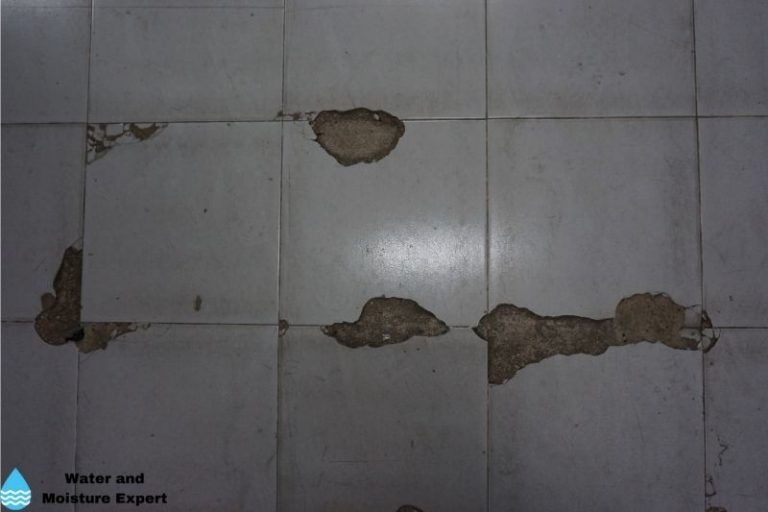What're your concepts on How to Fix a Water Damage Bathroom?

The bathroom is incredibly vulnerable for moist buildup as well as possible water damage due to the regular use water in it. This post uses easy assessment strategies to aid discovering water damages risks.
The regular use of water in the restroom makes it very prone for moist accumulation and possible water damages. By evaluating it consistently, you can lower water relevant damages.
The complying with set of inspections is very easy to execute and should be done as soon as in every 3 months in order to keep your bathroom in good shape as well as to avoid potential water problems triggered by the bathtub, the shower, pipeline joints as well as plumbing, sinks, cabinets, and also the bathroom
Do not neglect executing these assessments and be detailed while performing them. Remember that these simple evaluations can conserve you a great deal of money by supplying early signs for water damage
Sinks as well as Cabinets
Sinks and also cabinets are subjected to dampness and moisture day-to-day and are typically forgotten. Examine on a regular basis under the sink and also on the countertop above it. Fix any kind of drip in the trap as it may recommend drainpipe problems. Take a look around the sink, sluggish draining pipelines may indicate a blocked drainpipe. Change sink seals if they are split or loose.
Tub as well as Shower
The shower as well as bath tub call for special interest and upkeep. Check the floor tiles as well as change if broken. See to it that there is no missing cement between the floor tiles. Examine and also replace fractured caulking at joints where the walls fulfill the floor or the tub. Clogged drains pipes and pipes troubles will protect against the bathtub from drying out as well as might indicate major issues under the bath tub. Consult with an expert promptly to stop structural damage. Take note of discolorations or soft areas around the tub walls as they may suggest an interior leak.
Plumbing
Signs for water damage are difficult to discover because a lot of pipes are set up inside the walls.
Pay special attention to flooring and walls wetness as well as spots as they may suggest an unnoticeable plumbing issue. Check moisture levels in adjacent areas also.
The Bathroom
The bathroom is a vulnerable water joint. Inspect the water lines and search for leakages around the commode seat, in the pipe, as well as under the water storage tank. If you spot any signs of dampness on the flooring around the bathroom, look for leakages in the toilet edge and also container seals.
Realize that hanging commode dish antiperspirants increases the chances for clogs.
Water Damage Signs In The Bathroom To Avoid Cleanup
Musty smell
This is one of the easiest signs to catch because musty smells are so odorous. The damp, earthy, moldy smell should be a big red flag. The smell will develop when moisture gets trapped in surfaces, and begins to facilitate mold growth. Leaking pipes under cabinets, inside walls, and behind shower fixtures will cause moisture to stay trapped and not dry, which will lead to mold growth and spread. As soon as you notice any musty smells in your bathroom, have it checked for hidden water damage and cleanup signs.
Visible mold
If the smell isn’t there to give it away, sometimes you will actually see mold growth. Finding mold in your bathroom is a serious problem, because mold is very harmful to your health. By the time mold growth is visible, it also means that water damage has already occurred and been present for some time. The only way the mold problem can be resolved is to find the source of the moisture and get it stopped. To safely and adequately remove mold, you need to have professionals handle the remediation. Do not waste any time in getting mold problems addressed, fixed, and sanitized so that you can protect you and your family from the many respiratory symptoms caused by mold exposure.
Damaged floors
Bathroom floors should be able to withstand some exposure to water while still remaining in good condition. However, when excess exposure or water leaks occur, they will begin to damage even the most water-resistant flooring. If you notice any cracking, bubbling, staining, or warping on your bathroom floors, there is probably a water leak somewhere causing the distortion. If you notice areas of the floor have become softer, or even have a spongy feeling, there is probably damage to the subfloor. Subflooring is typically made up of plywood. When plywood is exposed to water or moisture, it will absorb it. Once it has become saturated, the weight of the excess water will cause the wood to swell and soften. Check the floors in your bathroom frequently to catch any of these sings before they lead to damaged subflooring.
Changes on walls
When water leaks behind walls, it will cause changes in the drywall. Peeling plaster, blistering paint, and soggy wallpaper are all good indicators that excess water is building up behind the wall. Water leaking behind drywall will cause it to swell and be soft to the tough. If you start to notice gaps along the trim of your walls, or where tile meets the wall, it could also be a strong indicator that there is a leak behind the wall. Any changes, distortion, or damage on the walls should be evaluated as soon as you notice it to prevent further water damage and cleanup.

As a keen reader on Preventing Water Damage in the Bathroom, I imagined sharing that section was worth the trouble. Sharing is caring. Helping people is fun. I recognize the value of reading our article about How to Repair and Prevent Bathroom Water Damage.
Free Estimates